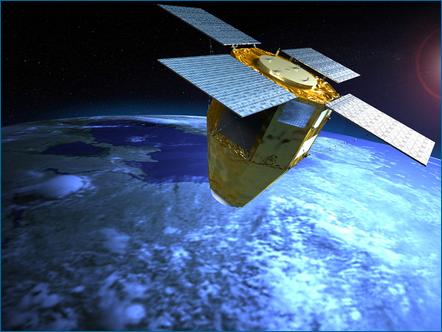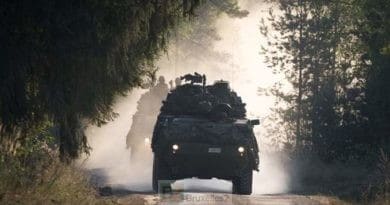The Defense Agency wants to decompartmentalise the work of the different actors
(B2) The European Defense Agency (EDA) published its annual report this summer. Document which, in itself, is of limited interest. Because quite institutional. But not useless. Because it puts forward certain industrial projects of the Europe of defense and points out some shortcomings which it is important to remedy.

Objectives worked together, including in the field
We know that three themes have been placed at the center of European defense policy strategies: research and technology, armaments cooperation, defense industrial and technological base (BITD). For these three strategies to be most effective, the Defense Agency advocates that the various actors, the various domains (military capability planning, research and technology experts, leadership program cooperation, industries) work together instead of focusing solely on their area of application. According to the EDA, this overview of all the stages of the defense policies carried out will ultimately make it possible to significantly improve the coordination and adaptation of the European military forces deployed. The agency thus proposes the creation of "Common Staff Target(CST), which would be present at each deployment of European military forces. The flexibility and adaptability of EU military forces will thus be enhanced.
Two key projects
Among the projects developed in 2009, two deserve, in my opinion, a few more lines: the imaging project (MUSIS) and the heavy helicopter project of the future (FTH).
The Musis satellite imagery program
(update) The MUSIS project (Multinational Space-based Imaging System for Surveillance) is a multi-national space imaging system for surveillance, reconnaissance and observation, which should be operational in 2015 (at best). Six member states participate (Belgium, France, Germany, Greece, Italy and Spain). The objective is to develop a common system making it possible to exchange, request or receive images from national systems: the successor to the French system Helios (developed with the Belgians, Greeks, Spaniards and Italians), the German program Sarah (successor to the SAR Lupe) and the 2nd generation of the Italian CosmoSkyMed, as well as Ingenio, the Spanish dual-use program. On the French side, the CNES (National Center for French Space Studies) signed, in May 2009, a first contract for 66 million euros with EADS Astrium to design and develop reconnaissance satellites.
The heavy helicopter program
As for the FTH (Future Transport Helicopter), it is a project for a future transport helicopter. Indeed, the new terrain constraints (mountainous, desert, urban) have given rise to new technical requirements for helicopters. Eurocopter, a subsidiary of EADS, is strongly interested in this project, but it is not alone. The American company Boeing is just as important. This would suggest a possible alliance for the creation of these new helicopters.
(Nicolas Gros-Verheyde)

